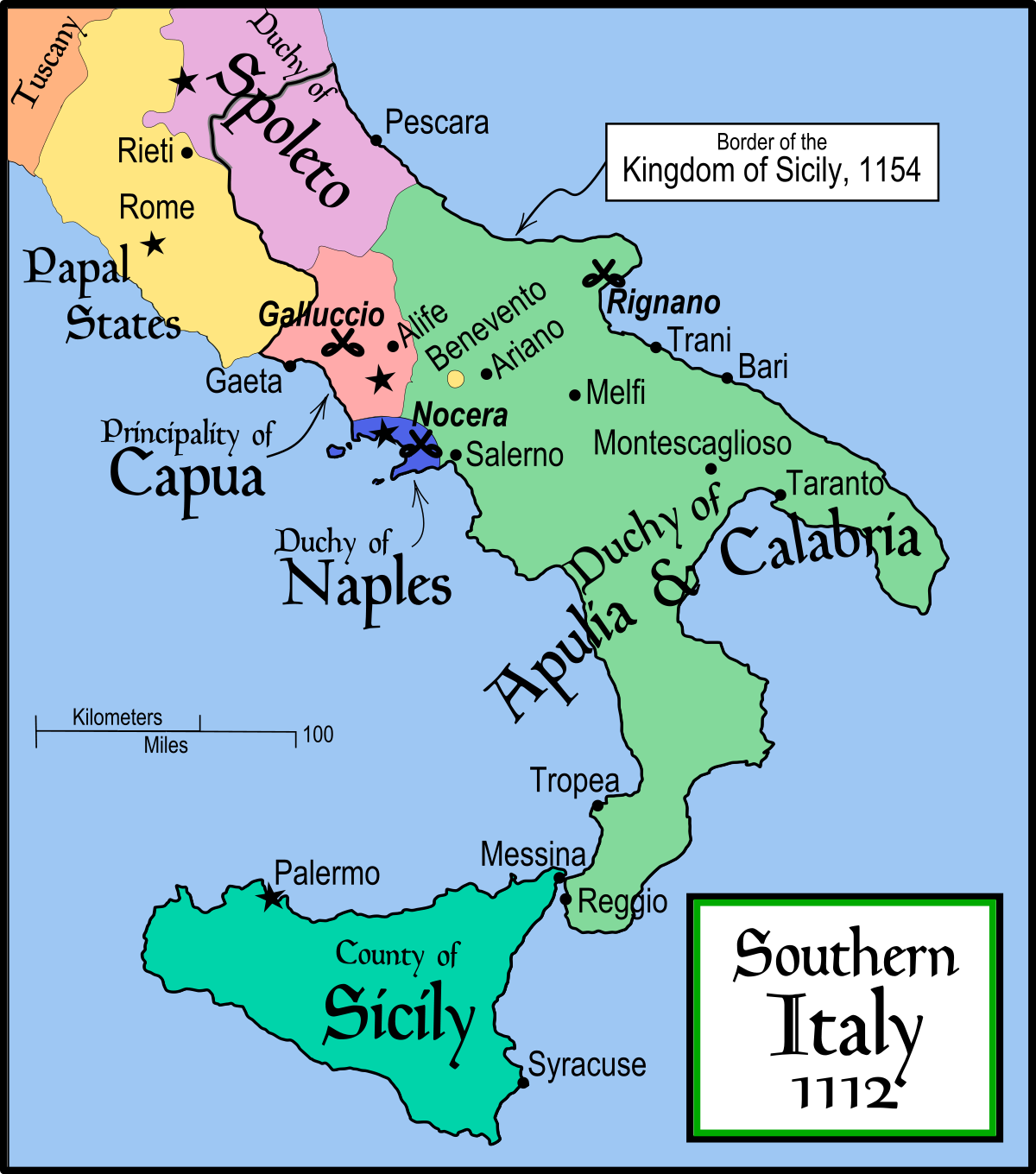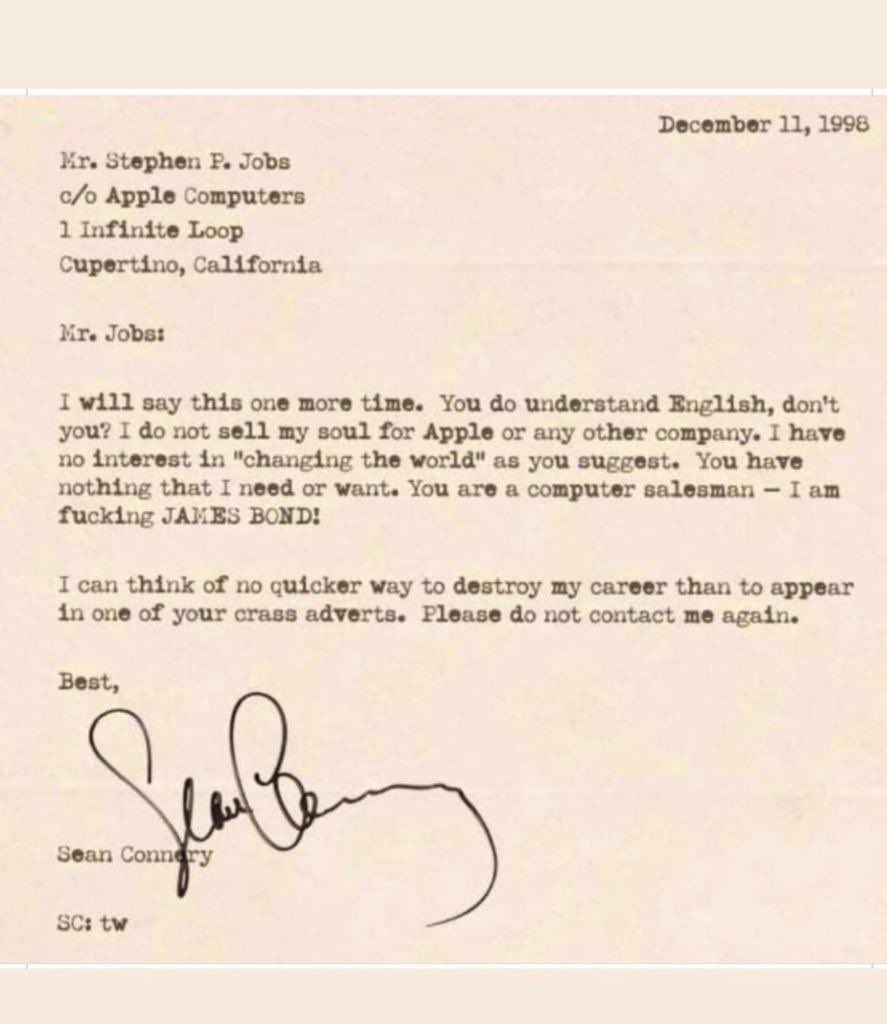Having said my piece on Trump two days ago, I was going to refrain from writing about politics for a couple of weeks, but yesterday's idiotic, misleading and inaccurate utterances from Joe Biden are too much to ignore.
But first, since I'm back on politics, a few more thoughts on our soon to be ex-President:
Trump bears responsibility for inciting his most fervent supporters to believe that a merely ceremonial event, the January 6 counting by the Vice-President of electoral votes, offered a real prospect of changing the election results. It is particularly bad when those around the President knew he really had lost. For that matter, his entire behavior since the election has been a disgrace. If it was just Trump this behavior impacted that would be bad enough, but everything that he triggered by his actions has played into the hands of Progressives who seek to impose a new regime of thought control on our country.
Alyssa Farah, White House Communications Director, stepped down in December. She remains proud of what the administration accomplished but was disturbed by what happened in the White House after the election, giving this interview to Politico which was published today.
I made the decision to step down in December because I saw where this
was heading, and I wasn’t comfortable being a part of sharing this
message to the public that the election results might go a different
way. I didn’t see that to be where the facts lay.
The
results of the election almost perfectly aligned with our internal
polling. So this notion that everyone’s kind of surprised and it turned
out so different than we were expecting—I mean, from what I was read
into, we always knew Pennsylvania was going to be a huge uphill battle,
as was Arizona. North Carolina would be a squeaker. We’d win Florida.
Georgia
was the one that we just did not adequately have a read on, on how
close that would be. But none of this should have come as a surprise to
anyone who was following the data.
And early on, I truly believe the president knew—when I was still in the
White House in late November, he knew that he had lost. And it was
something that was almost like tacitly acknowledged, like we’re going to
make this painful, but we know what happened. And then, something
turned. And I don't know if it was the wrong advisors getting to him
with bad information or what.
While Trump has now made a statement denouncing the rioters, it's more like a child's apology after getting caught with his hand in the cookie jar. The truth is if, instead of a few hundred crazies, 25,000 had stormed the Capitol and forced Congress to change the vote, Trump would have been happy with the result.
This morning, Dominion announced it is suing Sidney Powell for defamation and promising to file additional lawsuits against those promoting the ridiculous conspiracy theories about the company. This is a confident move, as a large company suing an individual defendant leaves the plaintiff more vulnerable to embarrassment in discovery unless it really has a strong case. And, unlike Trump, whose legal team was led by Rudy Giuliani, an incompetent litigator at this point in his career, Dominion hired a top-notch firm specializing in defamation cases that has successfully represented clients from across the political spectrum including representing Sarah Palin in her meritorious lawsuit against the New York Times. I wish Dominion the best.
And now on to the incoming-President.
This is what set me off:
This is as inaccurate, misleading and inflammatory as anything said by Donald Trump. The use of this trope demonstrates the new administration is not interested in racial reconciliation but rather encouraging racial divisiveness to achieve its goals. The truth is BLM/Antifa and associated thugs supported by Progressives have been allowed to run wild in American cities for months. Progressive mayors have ordered police to stand down, while these thugs ransacked and burned the properties of law abiding citizens, mostly minorities, destroying thousands of livelihoods. Murder rates, again mostly of minorities, have soared, but Progressives simply don't care about any of this as long as they can get the vote out. And those who tried to object are threatened with the loss of their jobs and careers and shut down by social media. It is, in fact, this disparate treatment that outraged so many Americans regardless of what they thought of Donald Trump. Let's be honest. If BLM rioters forced themselves into the Capitol and occupied it in the name of achieving racial justice, the media coverage would be completely different. And if a black person died in that action, we would have nationwide riots and an orgy of destruction with the media explaining it away. The fact a white person died trying to force their way in on the 6th is a matter of indifference to Progressives and I say that as someone who would have supported Capitol police firing on anyone who attempted to enter as part of that mob.
Meanwhile, last summer the media went out of its way to pretend it wasn't even happening, claiming the protests were "mostly peaceful" and 93% non-violent (by that standard, I don't know why anyone would be concerned about Covid since the best estimates are more than 99% of those infected will survive). If you are a Progressive you can remain in your media cocoon ignorant of reality. Here's a report from an honest progressive about what's happened in our cities.
And it's worse than that. During the campaign Joe Biden denied that Antifa was a real thing and Biden and Harris staffers contributed to bail funds to allow these thugs to go free while Progressive mayors and judges dropped charges against these creatures. (ADDED: Just rechecked and what do you know, it was even worse than I remembered - Kamala Harris actually used her twitter feed to encourage followers to contribute to a Minnesota bail fund to spring members of the Democratic Party's paramilitary wing from jail).
Meanwhile, when Antifa spent 50 nights trying to break into the Federal building in Portland (and did the same in other cities though not as persistently) with arson and other violent attacks, outlets like the New York Times studiously avoided reporting, except to blame the Trump administration when it reacted to protect the buildings.
And what are BLM and Antifa? BLM is a straightforward revolutionary movement dedicated to overturning American society and abolishing the nuclear family, while Antifa is their white wannabe wing. They bring the same analysis to society as do white nationalists - that everything should be analyzed through the lense of race, a lense which explains everything. They only differ in who should be one top in the end. Why would an American President endorse them? Just because your granddaughter, who is evidently incapable of thinking for herself, writes you a note (and what another indictment of college education that is!)?
Do we have race issues still in America? Yes. But these organizations and their Progressive enablers are only interested in those issues as a pretext to overturn society and move us into a post-Constitutional era where only their rights are protected and they are vested with ultimate decision making powers.
Meanwhile the incoming President and Progressives are piling false narrative upon false narrative, yelling about "systemic racism" as an excuse to ignore the Civil Rights Act of 1964 which banned discrimination on race. Here's the truth about "systemic racism". In the 19th and early 20th century, black Americans sought to pass as white because it bestowed advantages they were otherwise denied. When in the early 1820s Thomas Jefferson freed two of the young adult children of Sallie Hemings (of whom Thomas was the likely father), those children (who were 7/8 white), went north of the Ohio River, passed as white and passed from history. But look around you today. Today we see white people trying to pass as black, Hispanic and Indian because that is where the advantage lays in 21st century America. There are racist people, of all races, in 21st century America, but "systemic racism" is a made-up thing, created in an academic laboratory, that somehow escaped and is now infecting large parts of our society.
[ADDED: The incoming administration seems determined to re-racialize America, which would be a tragedy for all of us. We spent decades trying to get beyond a racialized America and now the Democrats want to take us back. This is a reactionary path. We would be going backward as a society, not forward. I find it all terribly dispiriting. That this lense will be used for everything by the new administration is evident in this statement tonight by the President-elect.

This is more pretend oppression theater as we have targeted small business programs for all of these groups for decades. What we have never done during these decades is place a group at the back of the line based upon race and sex. I never thought this day would come in America. I did not think in 21st century America we would see an ideology triumph that denies our common humanity while at the same time obliterating the idea that individuals might think in ways not solely determined by race, ethnicity or gender.
The radical ideology attacking our country advances under the banner of
social justice. But in truth, it would demolish both justice and
society. It would transform justice into an instrument of division and
vengeance, and it would turn our free and inclusive society into a place
of repression, domination, and exclusion.** END OF ADD]
Violence of the Left is either endorsed as righteous or ignored if
inconvenient. A Progressive attempts mass murder of Republican
congressmen. Flush it down the memory hole. A Progressive attacks a
U.S. Senator, ending up with him hospitalized and losing part of a
lung. Never happened. A mob descends on the Capitol chasing U.S. Senators through the halls in protest of the nomination of Brett Kavanaugh. Righteous!*
Remember prior to the election when store owners in D.C., Manhattan, Boston and other cities were boarding up their shops? They weren't worried about Trump protestors. What they were worried about was Progressive mayors letting loose once again their paramilitary wing to wreak havoc if Trump won. Progressives were openly talking of the violence they would be unleash if Trump got a second term.
And finally let's not forget there was a real coup attempt and it succeeded, at least partially. That was the effort to first derail the Trump campaign and then impede and destroy his administration after the election via what we call the Russia Collusion Hoax, an elaborate and influential mirage constructed by the Democrats and their allies in the federal bureaucracy and media. That remains a much more dangerous threat to our country and its institutions than a few hundred crazy people running through the Capitol. The latter is the more shocking, but the former more profound and serious, particularly if it goes not only unpunished, but unrecognized, by much of the American public.
The bottom line is you should be shocked by yesterday's events and repulsed by Trump's behavior. Everyone involved deserves condemnation and Trump deserves removal. But be careful to step back and try to observe objectively about what is happening. Don't make up your mind based on what you read in the Times and Washington Post or Breitbart or Gateway Pundit or what you see on CNN, MSNBC, FOX or Newsmax. Investigate and decide for yourself. Based on President-elect Biden's comments the Progressive line will be to continue with the fake narratives and get you to ignore the fundamental undermining of America they are undertaking. This is their strategy:

For more on my outlook on the future of both parties for better, or mostly worse, read Are The Parties Over? If you're younger you may want to read the Your Future series.
----------------------------------------------------------------
* The Kavanaugh nomination was when many moderate Republicans realized Progressives were not just after Trump, they were going to personally destroy anyone in their way. Brett Kavanaugh was about as milquetoast and moderate a Republican Supreme Court justice nominee as possible. Yet Progressives and their media ally pressed a narrative that he was a gang rapist and treated seriously the accusations of Ford about an event that allegedly happened 35 years ago when Kavanaugh was in high school. This despite that, to this day, there is no evidence the event happened nor that Ford and Kavanaugh even met.
Contrast the accusations of sexual assault against Joe Biden by a former staffer which allegedly occurred when he was a U.S. Senator. I have no idea if the accusations are true, but in contrast to Ford's accusations, we know the staffer actually worked for Biden and complained to at least one other person at the time of the alleged incident. Yet after ignoring her, the press just decided to torch her reputation (we call that "The Hillary Method") and then ignore her again.
** This last paragraph is a direct quote from Donald Trump's Mount Rushmore speech on July 3, 2020. I endorse every word of it. The only Trump speech with which I agreed 100%. For more on my take read this.





.JPG)
 (From Wikipedia; includes some inaccuracies, such as missing Duchy of Naples, between Amalfi and Capua, and showing Byzantine territory not conquered until the 10th century but close enough)
(From Wikipedia; includes some inaccuracies, such as missing Duchy of Naples, between Amalfi and Capua, and showing Byzantine territory not conquered until the 10th century but close enough)
